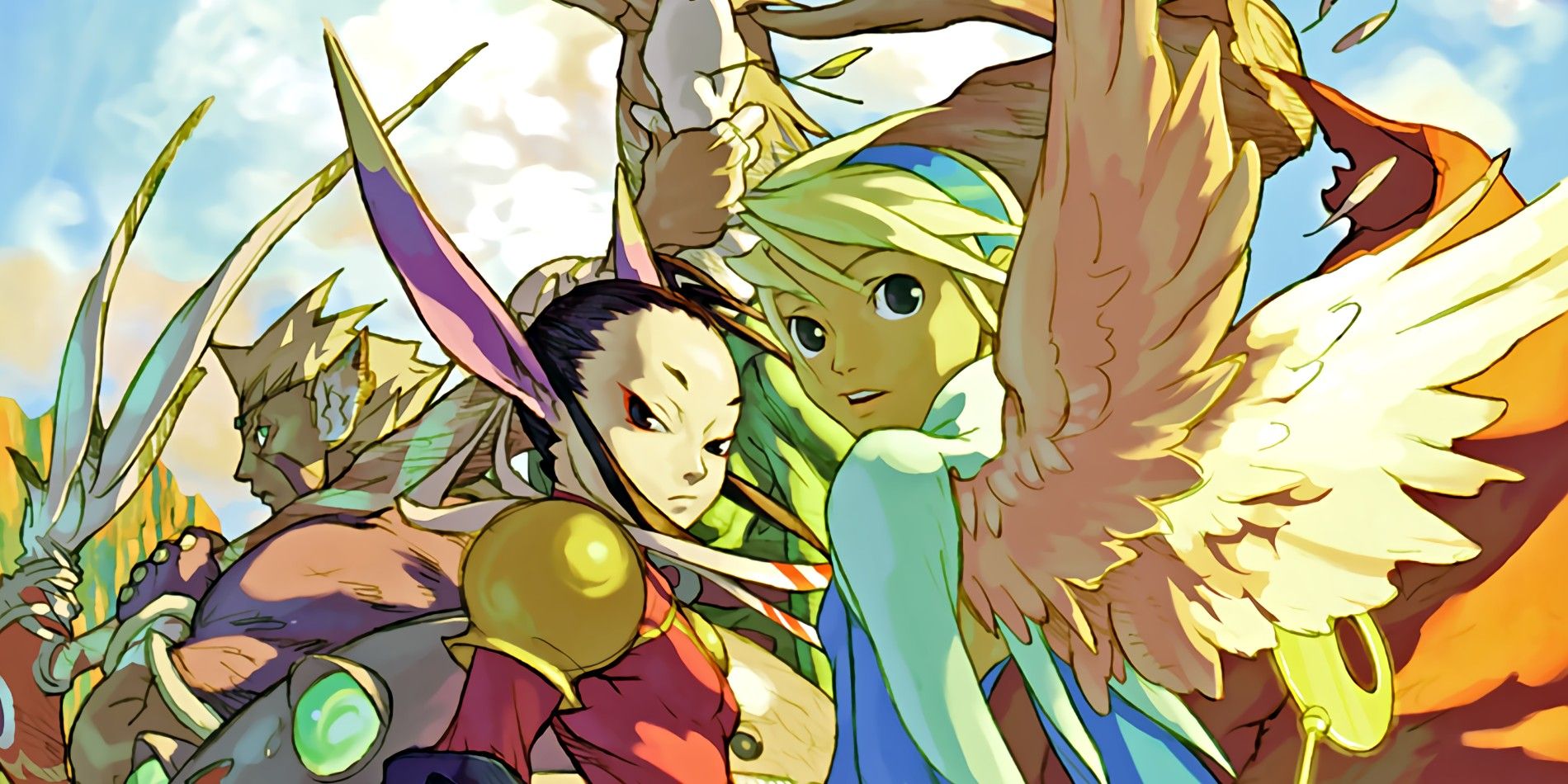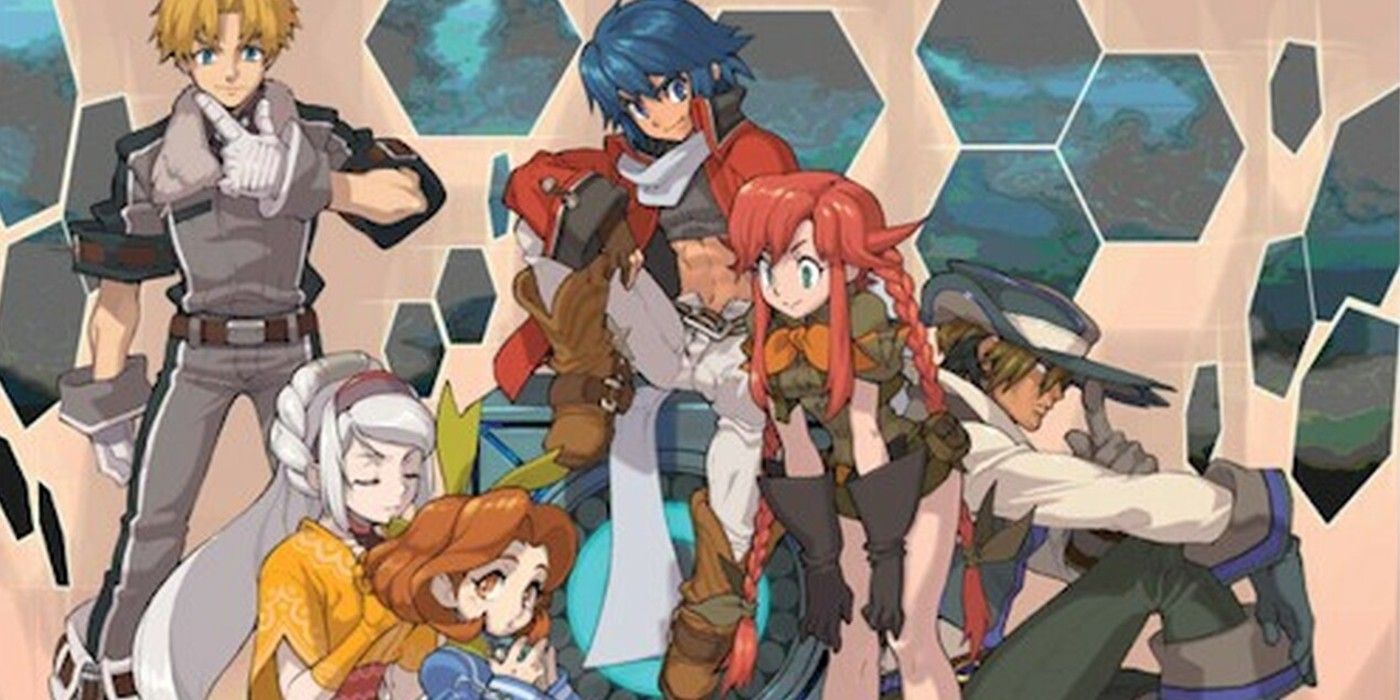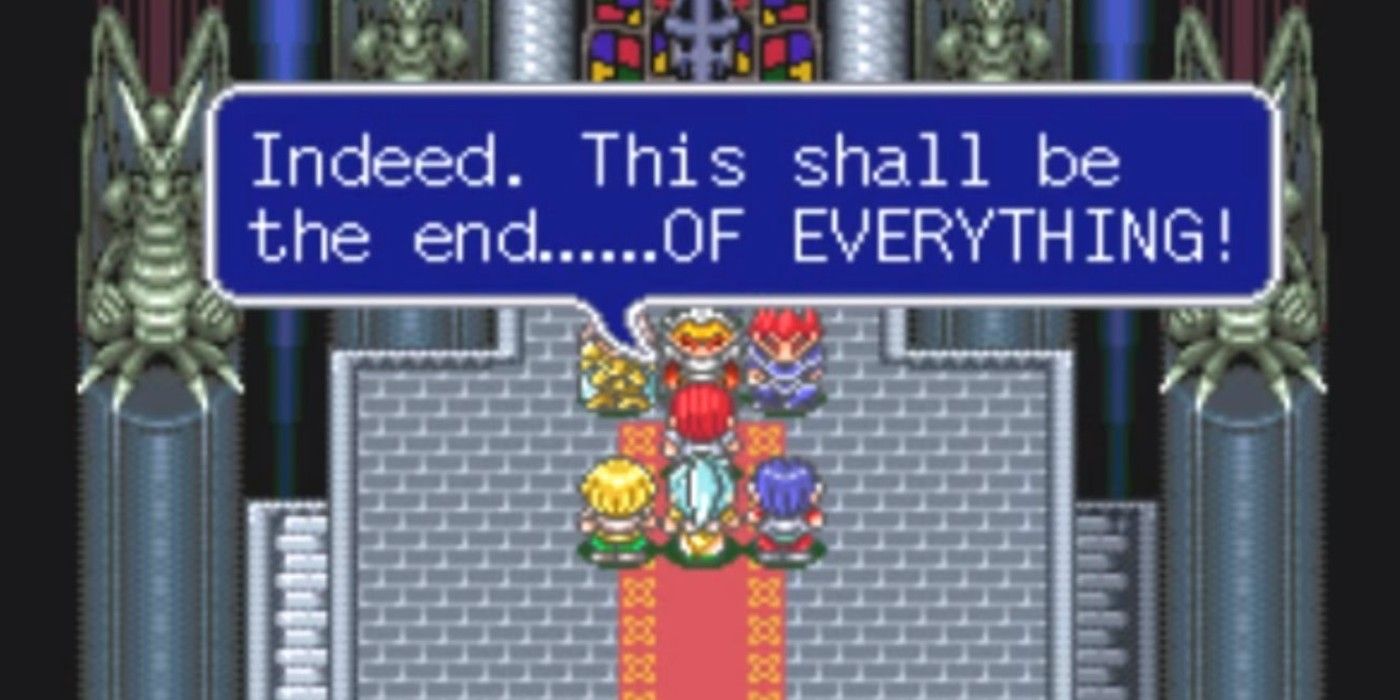There are still a number of classic JRPG series that are going strong, with sequels in development for mainstream juggernauts like Final Fantasy, Tales, and Dragon Quest, as well as more eclectic titles like Shin Megami Tensei 5. For those who have followed the genre over the years, many have noted a much larger number of JRPG series that have gone a generation or longer without a sequel, which absolutely deserve current-day revivals. Some of these series are caught up in licensing issues, or their teams have disbanded, as is the case with Shadow Hearts. Others, like Phantasy Star, have been reimagined in a different format, with the MMORPG series Phantasy Star Online, and are less likely to return to their single-player, turn-based roots. Some had divisive sequels which put the future of the franchise in jeopardy, as with Breath of Fire and Star Ocean.
The Shadow Hearts series is a cult classic that is among those most in need of a sequel, though that is sadly unlikely. The trilogy of PlayStation 2 RPGs took place in the same setting as the obscure PS1 game Koudelka and offered a novel combination of real-world locations and historical figures with high magic, dark themes, as well as uniquely bizarre humor. The second Shadow Hearts game, Covenant, is considered among the best RPGs in the RPG-rich PS2 library. The original developer, Sacnoth, started as a subsidiary of SNK. After SNK’s buyout by Aruze, Sacnoth briefly rebranded itself as Nautilus before being disbanded altogether. Due to the original development team’s dissolution, and the niche status of the game, it is unlike that Shadow Hearts will ever receive a fourth title, though some fans still hold out hope.
The first two Grandia games were remastered and re-released recently, but the series is well overdue for a proper sequel. The original Grandia made its debut on the Sega Saturn and PlayStation. It introduced a turn-based battle system where movement and positioning were vital, and attack order and interrupts were a key element. Grandia 2, originally for the Sega Dreamcast, and later ported to the PlayStation 2, was widely considered a high point for the series. The PlayStation 2 also hosted Grandia 3, which was a quality successor. The dungeon-focused PS2 spinoff title Grandia Xtreme was not as well received as the series’ mainline entries. A Grandia MMORPG lasted about three years in Japan, and the series has not been seen since then.
Divisive Sequels Appear To Have Cut Some JRPG Series Short
Star Ocean was an Enix franchise that began on the Super Nintendo and shared much in common with Namco’s Tales of Phantasia, the game that launched the Tales JRPG franchise. Both were JRPGs with impressive graphics for the 16-bit era, and action-based battle systems that showcased flashy special moves, and members of the Phantasia development team went on the work on Star Ocean. Where Tales remained rooted in traditional fantasy, Star Ocean was a science-fiction fantasy hybrid, involving space travel with aesthetics clearly inspired by Star Trek.
The Star Ocean franchise continued with well-received sequels for PS1, PS2, and the Xbox 360 title Star Ocean: The Last Hope, which was later ported to PS3. The series’ most recent title was the fifth main entry, Star Ocean: Integrity and Faithlessness. Star Ocean 5 was developed for the PS3 with a PS4 version alongside it, like Persona 5. Unlike Persona 5, only the PS4 port was released in the US. Integrity and Faithlessness received mediocre reviews. Free-to-play follow-up Star Ocean: Anamnesis fared better in Japan than abroad, though its success in Japan at least gives some how for future franchise entries, even if the last two outings did poorly in the West.
The Breath of Fire games were the flagship RPG series for Capcom, but the series has not been revisited in several generations. The first two games were on the Super Nintendo and established many of the reoccurring elements that would define Breath of Fire titles, including a protagonist dragon in human form, Ryu, and a winged girl named Nina, among others. Breath of Fire 3 and 4 both released on the original PlayStation, and received positive reviews, particularly Breath of Fire 4, which is considered a high point for the series by many fans.
The fifth game, released for the PS2, was highly divisive. Breath of Fire 5: Dragon Quarter traded the fantasy motif of prior entries for a science-fiction aesthetic, added real-time combat elements, and a gameplay mechanic requiring multiple restarts before a player could complete the story. Capcom rereleased the first two Breath of Fire titles for the Game Boy Advance, but there has been no announcement of a either a console sequel or compilations of past Breath of Fire games, as many other Capcom franchises, like Mega Man, have received.
The Wild Arms games were a first-party Sony JRPG franchise, and the first entry made its debut on PS1 before the genre-redefining Final Fantasy 7. Each game showcased an anime intro and a memorable soundtrack, with worlds that combined a wild west motif with science fiction and fantasy elements. The gameplay included quality turn-based JRPG battles and puzzle solving. The first two Wild Arms games released on the PS1, and the last three titles came out on the PS2. Wild Arms 4 and 5 shared a system that added a small hex grid map to battles, giving the games some elements of a tactical RPG. The final Wild Arms game was a full tactical RPG spinoff, Wild Arms XF, released for the PlayStation Portable. Most of the Wild Arms games were reasonably well-reviewed, but the series never made the jump to mainstream success, and it appears Sony has abandoned it, though many fans would welcome a sixth Wild Arms title on current-gen hardware.
Many Other Beloved JRPG Series Came To An End Too Soon
There are many other JRPG series that fans would like to see return. While Nintendo’s tactical RPG franchise, Fire Emblem, carries on, many lament the end of the quirky Mother series, known in the US as Earthbound, whose third and final entry, Mother 3 for the Game Boy Advance, still has not been localized. Konami’s Suikoden series has been dormant since Suikoden 5 for the PS2. The two Lufia games were beloved Super Nintendo Classics, as the two Lunar titles were for the Sega CD, but both of these franchises have received only portable remakes and spinoff titles, rather than proper sequels. In the current gaming market, mainstream console releases of JRPGs may be more of a financial risk than they once were, but genre fans would likely rally around the return of any of these beloved franchises.



